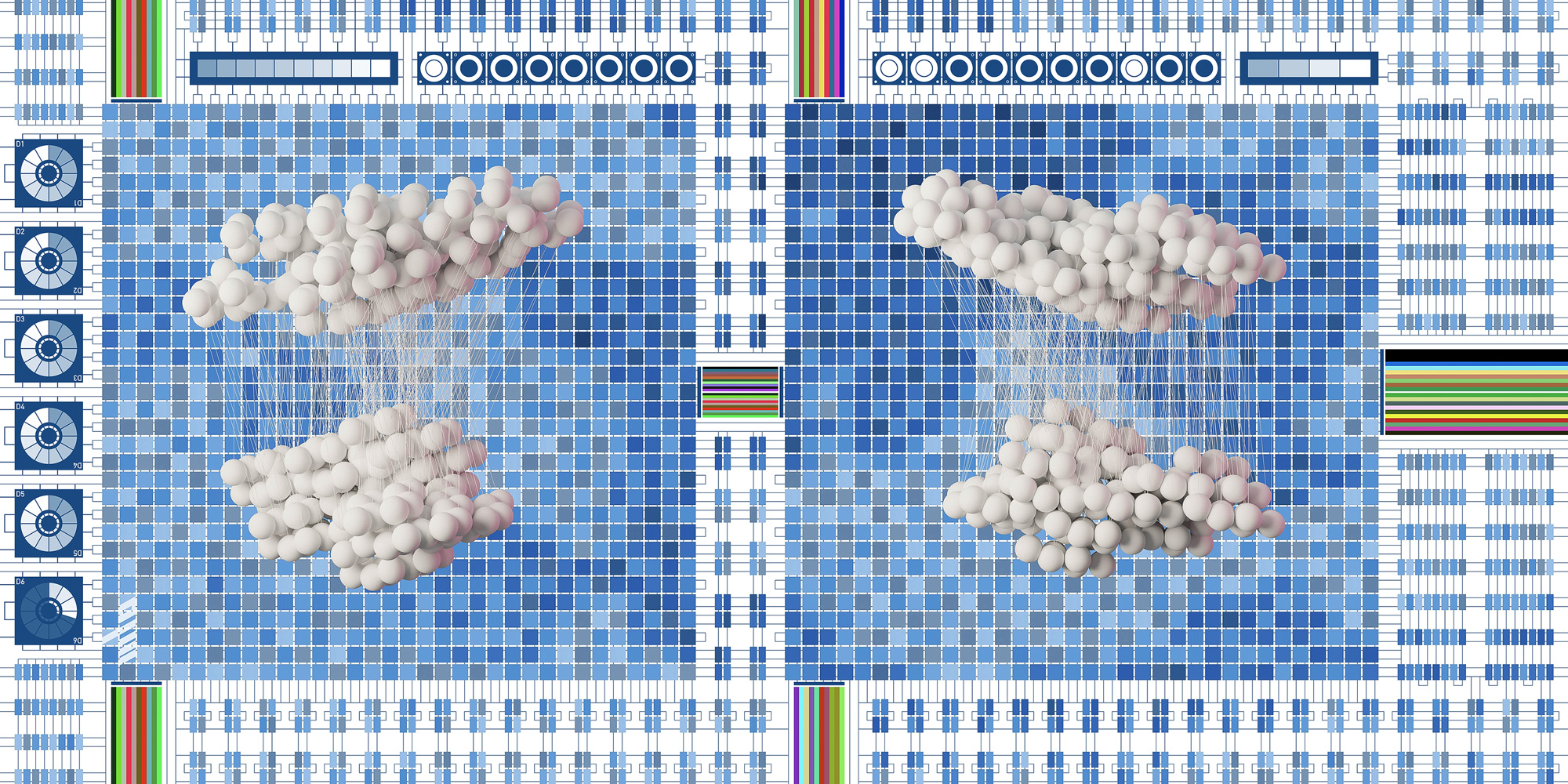BITCOIN'S SLOWEST EVER BLOCK
January 9, 2009
- Artist
- Fact Date
- Fact #
- undefined
- Printing Specifications
- Paper / Stock
- Page Size
A Bitcoin block, comprising a batch of new transactions, is published to the blockchain every 10 minutes on average. So why did it take six days for the second block to appear? The web is awash with theories as to why Satoshi allowed so much time to elapse between blocks 0 and 1. Some believe he was trying to simulate his own genesis event, creating the world of Bitcoin in seven days.
Every Bitcoin block is special but Bitcoin’s second block (numbered as block 1) is the second most celebrated and scrutinised in history. Only the genesis block that precedes it is more famous. It may not have contained hidden messages encoded by Satoshi, but in every other respect, block 1, which arrived on January 9th, 2009 was special.
The most famous fact about block 1 is that it was a long time coming. On a network that’s known for producing blocks approximately every 10 minutes, the six days it took Satoshi to mine the network’s second block are quite exceptional. Was Satoshi simply catching some well-earned shut-eye after months of burning the midnight oil – or was it a tongue-in-cheek reference to the Book of Genesis when God created the world in seven days? Like so much surrounding Bitcoin’s enigmatic creator, we will never know for sure.

A more prosaic explanation is that Satoshi had no desire to “pre-mine” a bunch of coins before others had a chance to join the network. It appears that the original Bitcoin client may have been coded not to mine until it connected to at least one other node. And with block 1 arriving around seven hours after Satoshi shared the source code with the Cypherpunk Mailing List, it’s likely that a second user – probably Hal Finney – had to begin running the software for block propagation to commence. What’s clear is that once block 1 dropped, Bitcoin never looked back.
One Block, Many Theories
“Bitcoin Block 1 Theory” sounds like a niche field of study, but it’s a surprisingly crowded one. One of the more popular theories holds that after mining the genesis block on January 3rd, Satoshi then ran a private test network for several days using that block. During that time, he may have mined multiple test blocks to verify Bitcoin’s stability before resetting the chain by discarding the test blocks before launching publicly on January 9th.
What’s beyond doubt is that having toiled for months – possibly years – on Bitcoin, Satoshi didn’t want to mess things up the moment he went public. While a major bug at this stage wouldn’t have been fatal, he knew there were only a handful of cryptographers willing to give Bitcoin a go. If it didn’t work straight out the box, they might not return for a second attempt.
Be it due to code or ethics, Satoshi’s delayed second block was worth the wait. Not only did it mark the moment Bitcoin became a real network, but it contained the first spendable coins. Unlike the genesis block, the 50 BTC coinbase reward in block 1 could be transferred. As a result, January 9th is regarded in some circles as Bitcoin’s real birthday, marking the day it became a true peer-to-peer network.
Up until then, Bitcoin had for all intents and purposes been a mere concept. Now it was a working reality – and it wouldn’t take long for its fledgling users to start figuring out what it was good for.
- Artist
- XXXXX
- BTC On this day
- January 9, 2009
- Block Number
- 1
